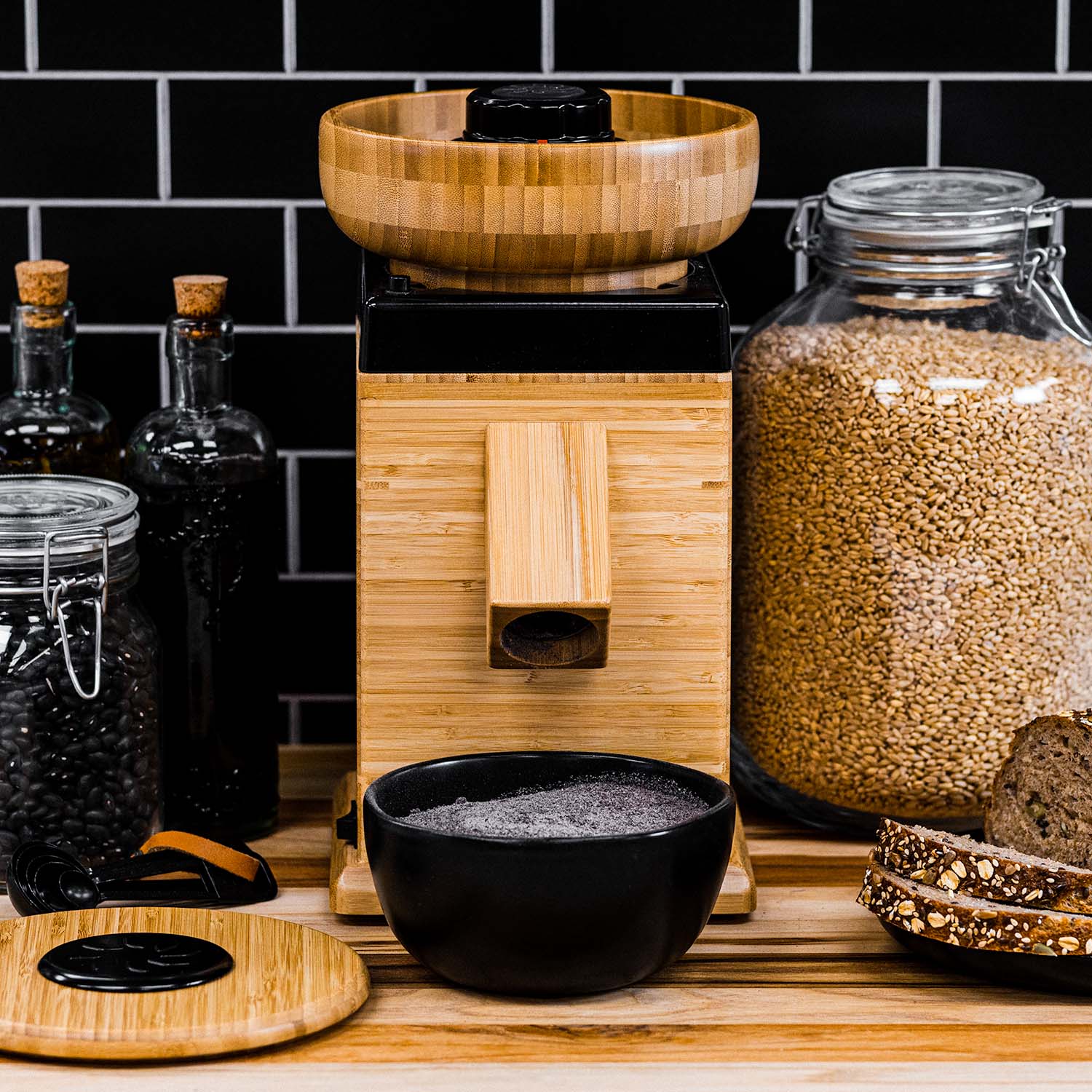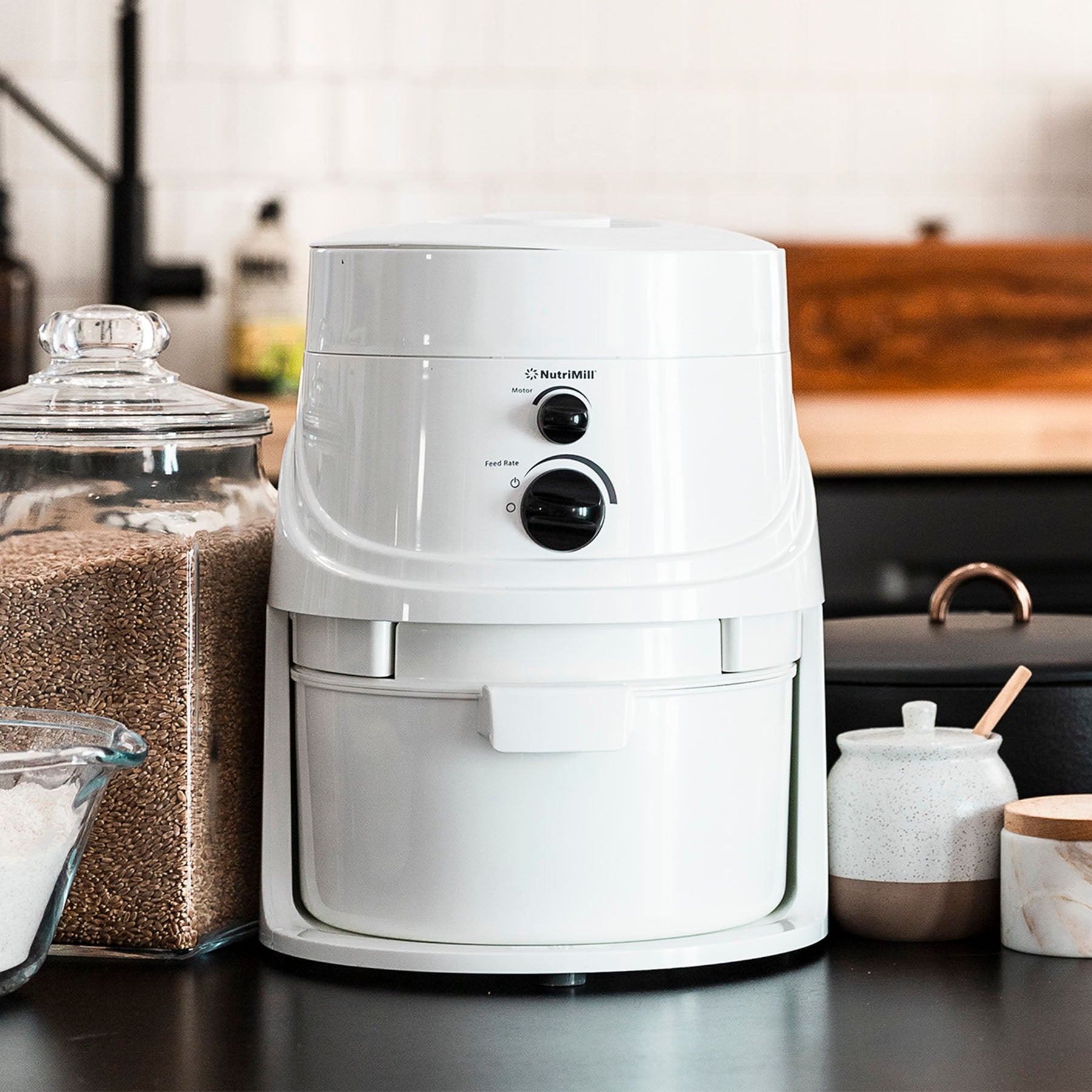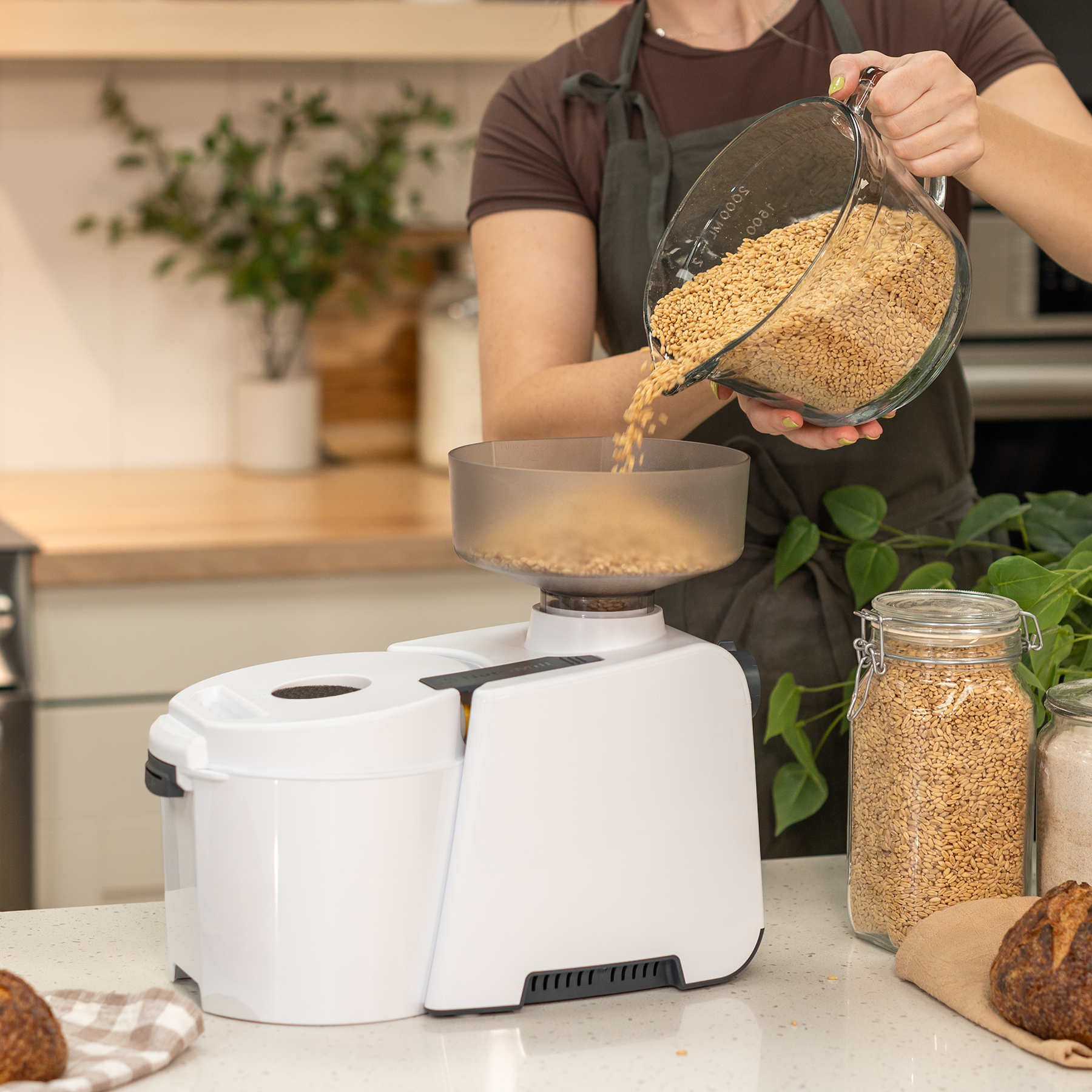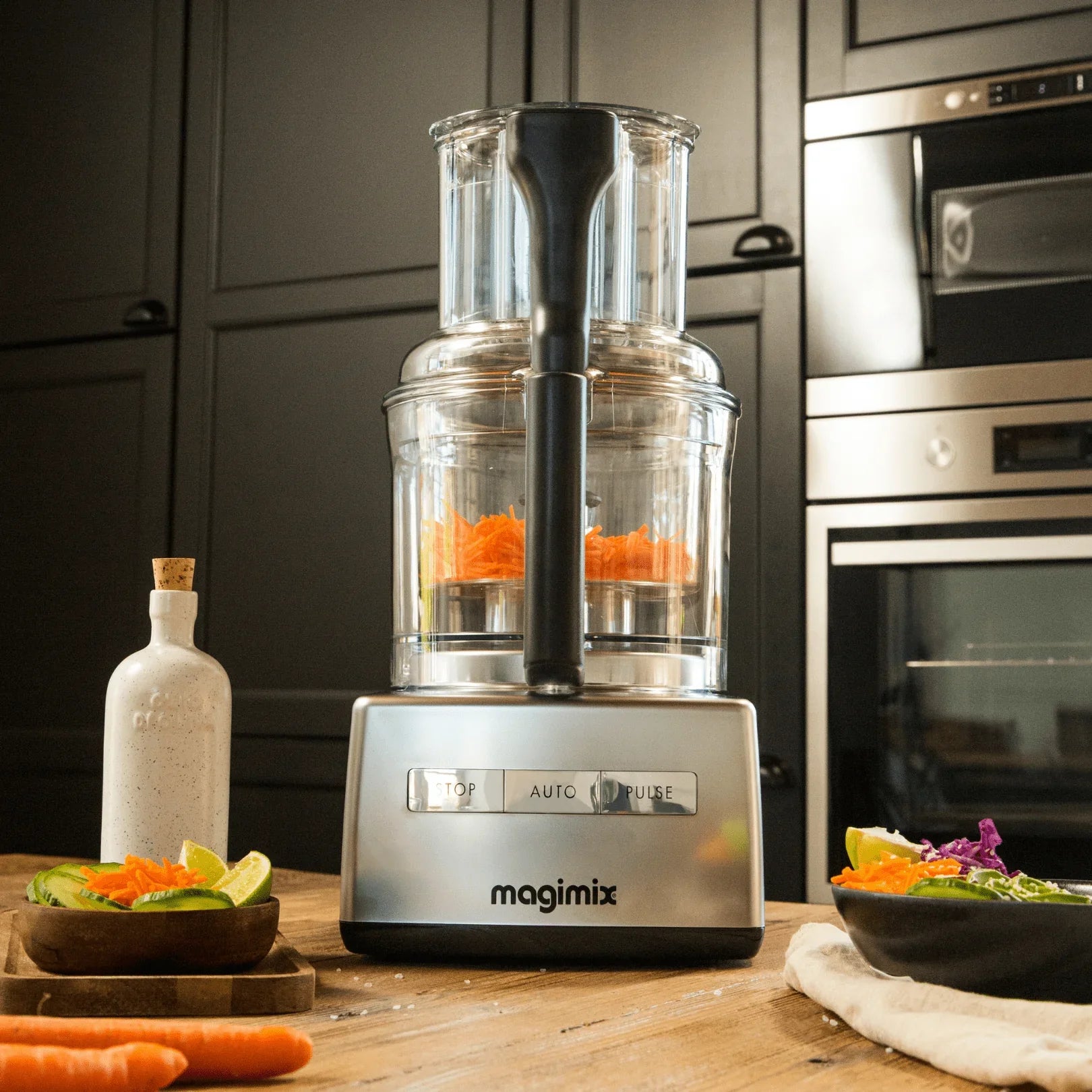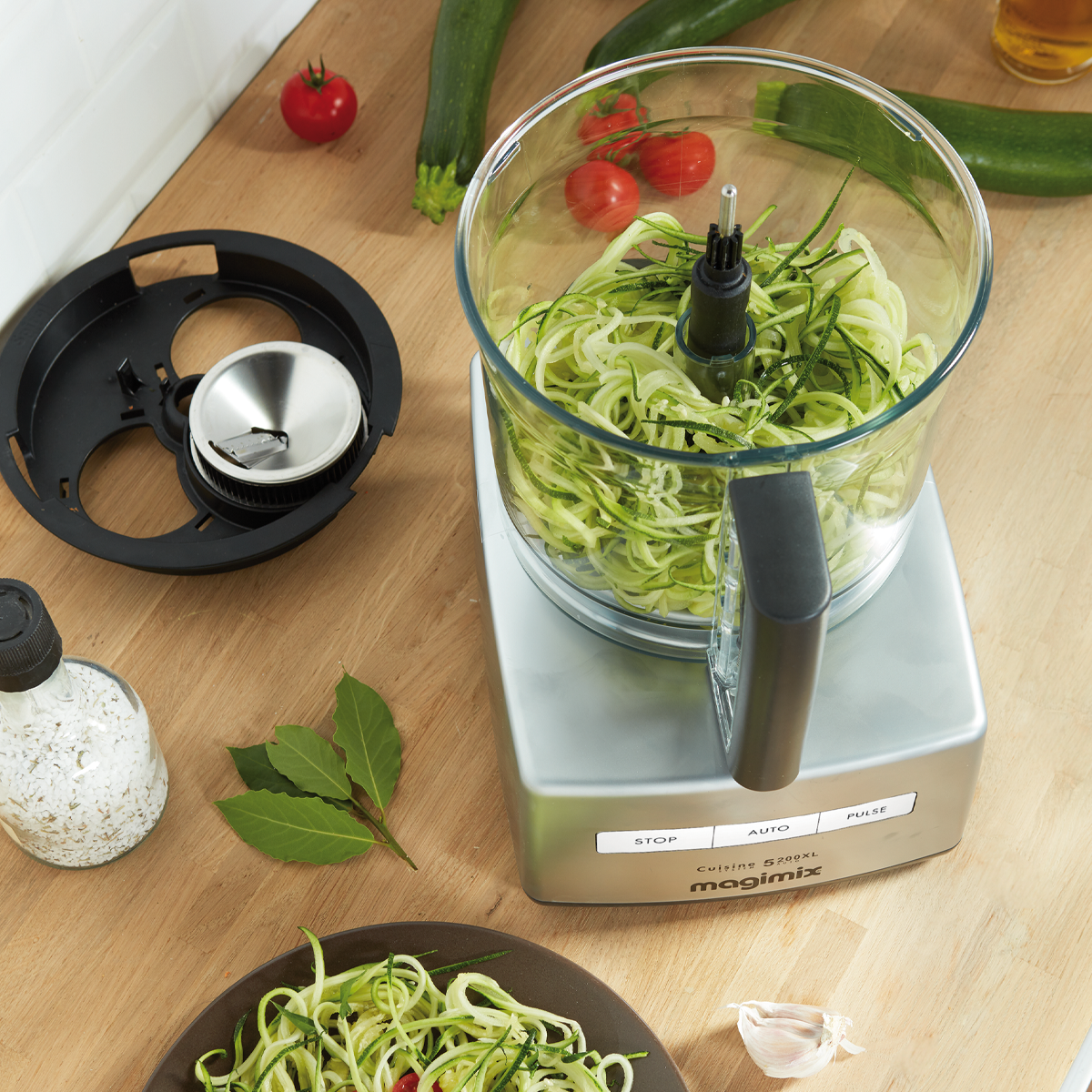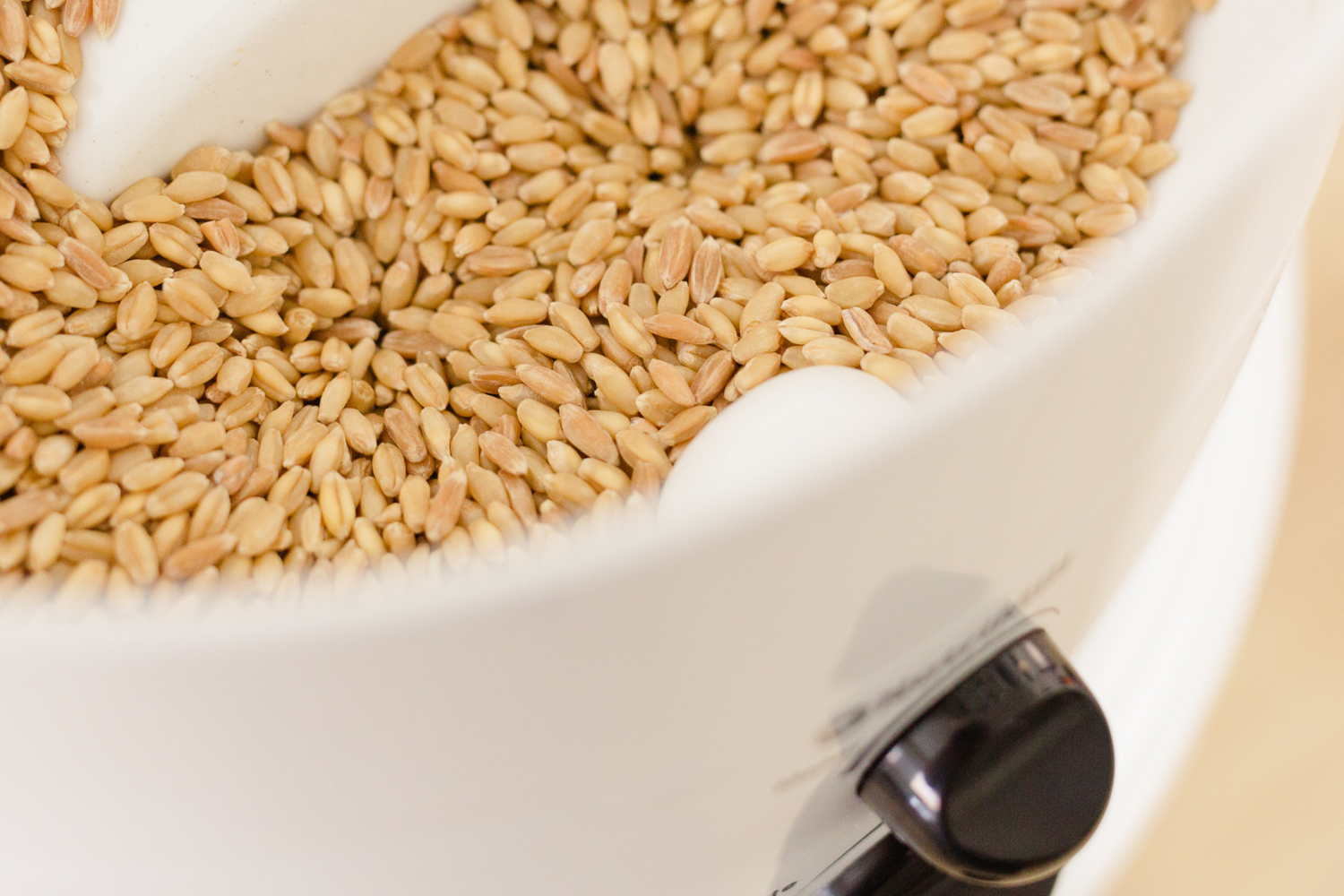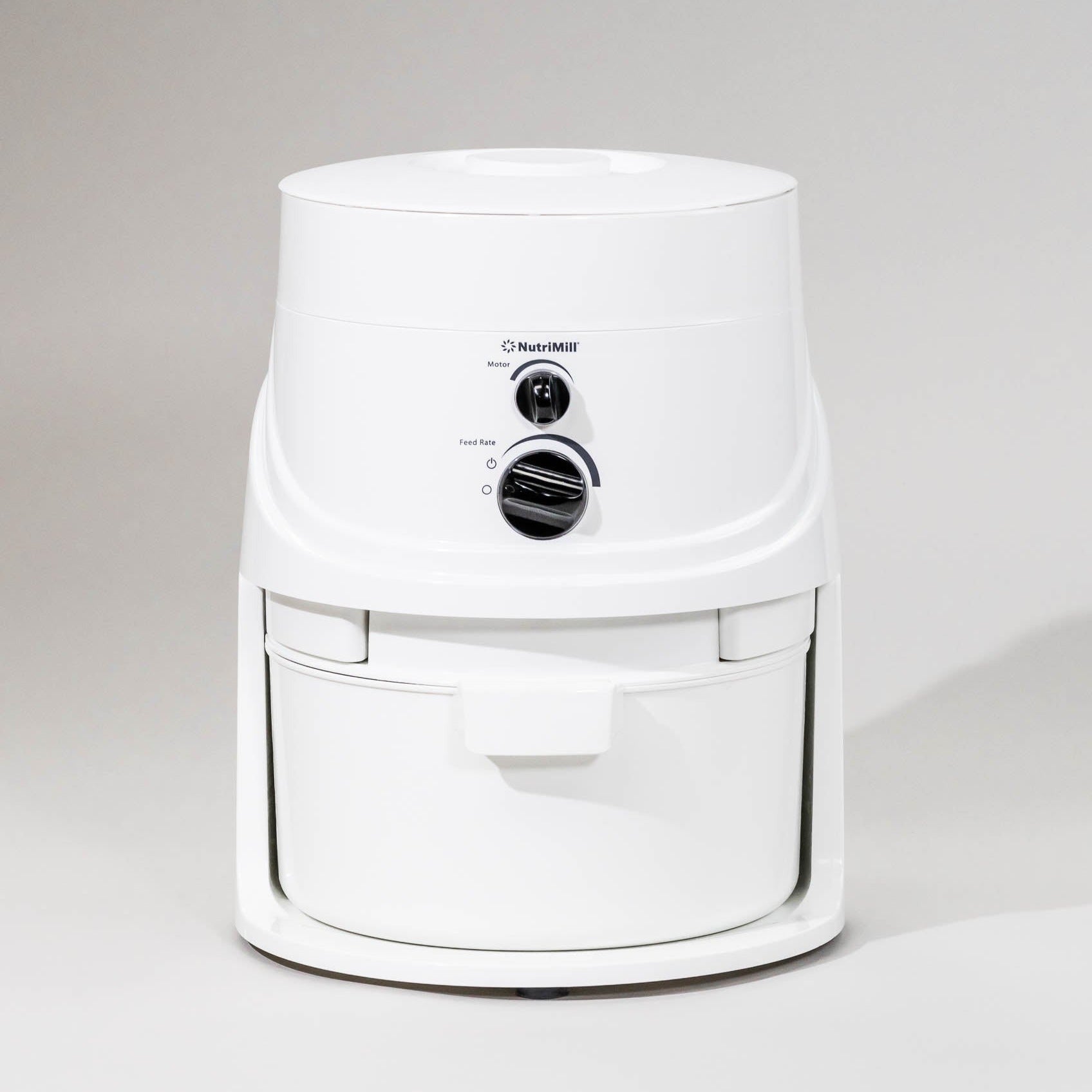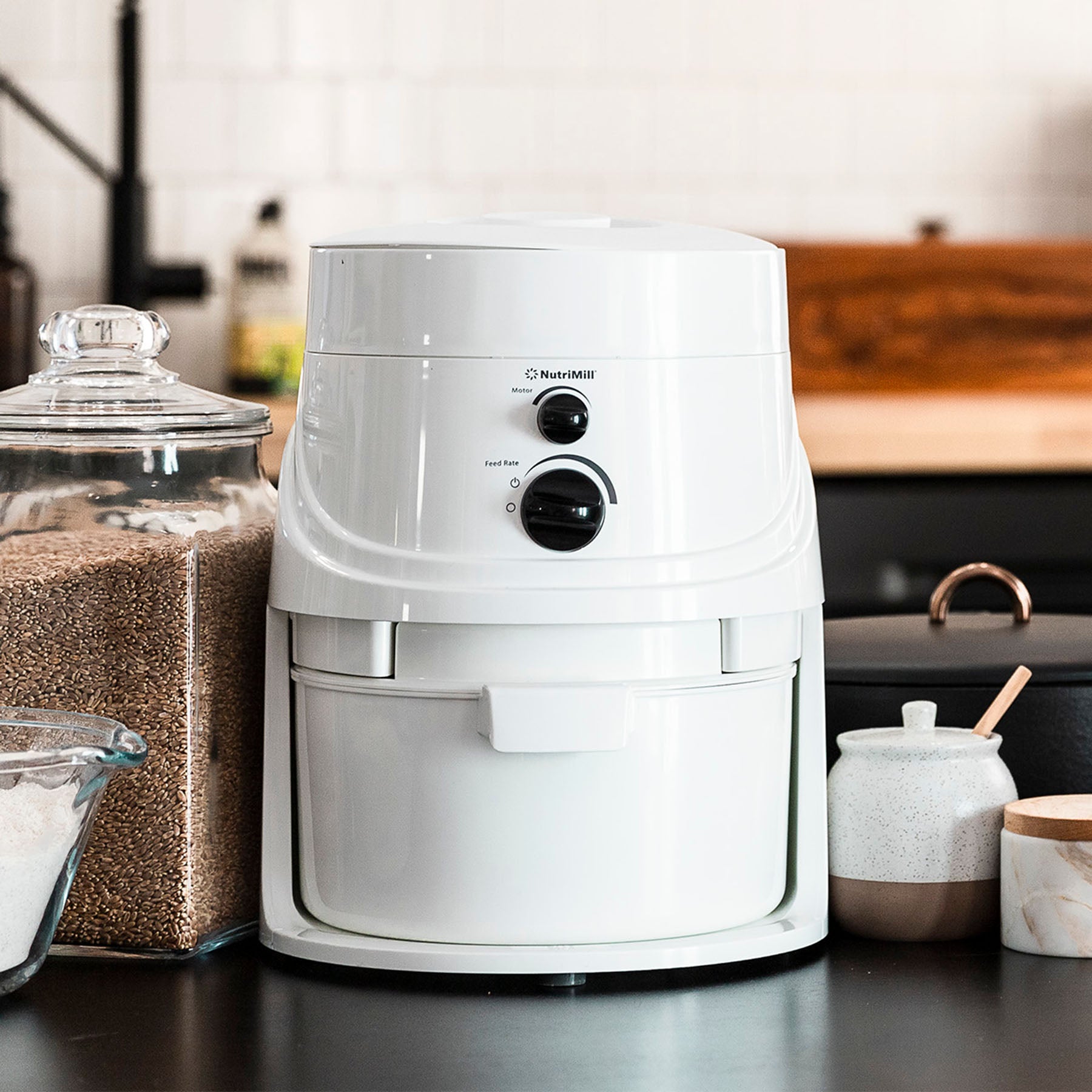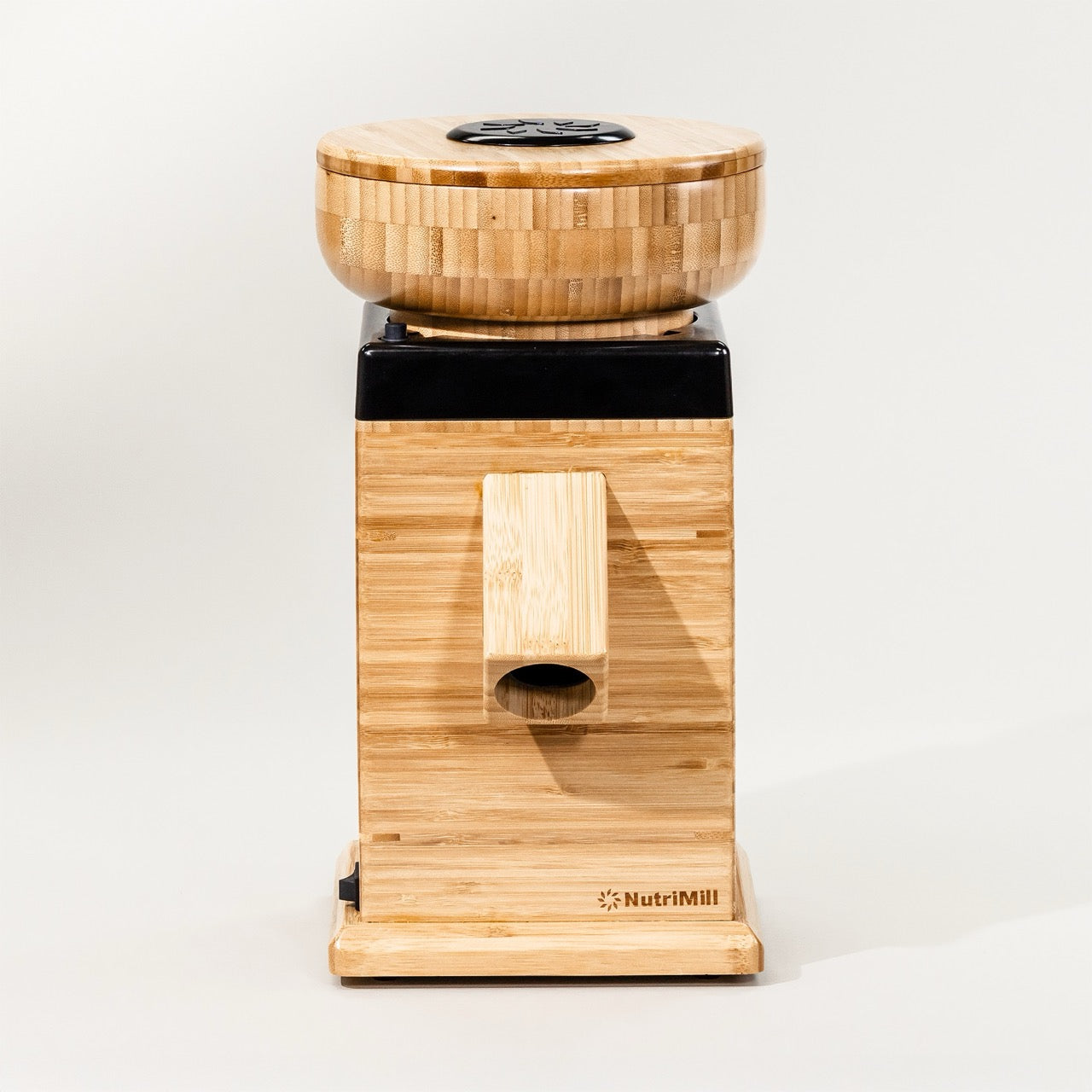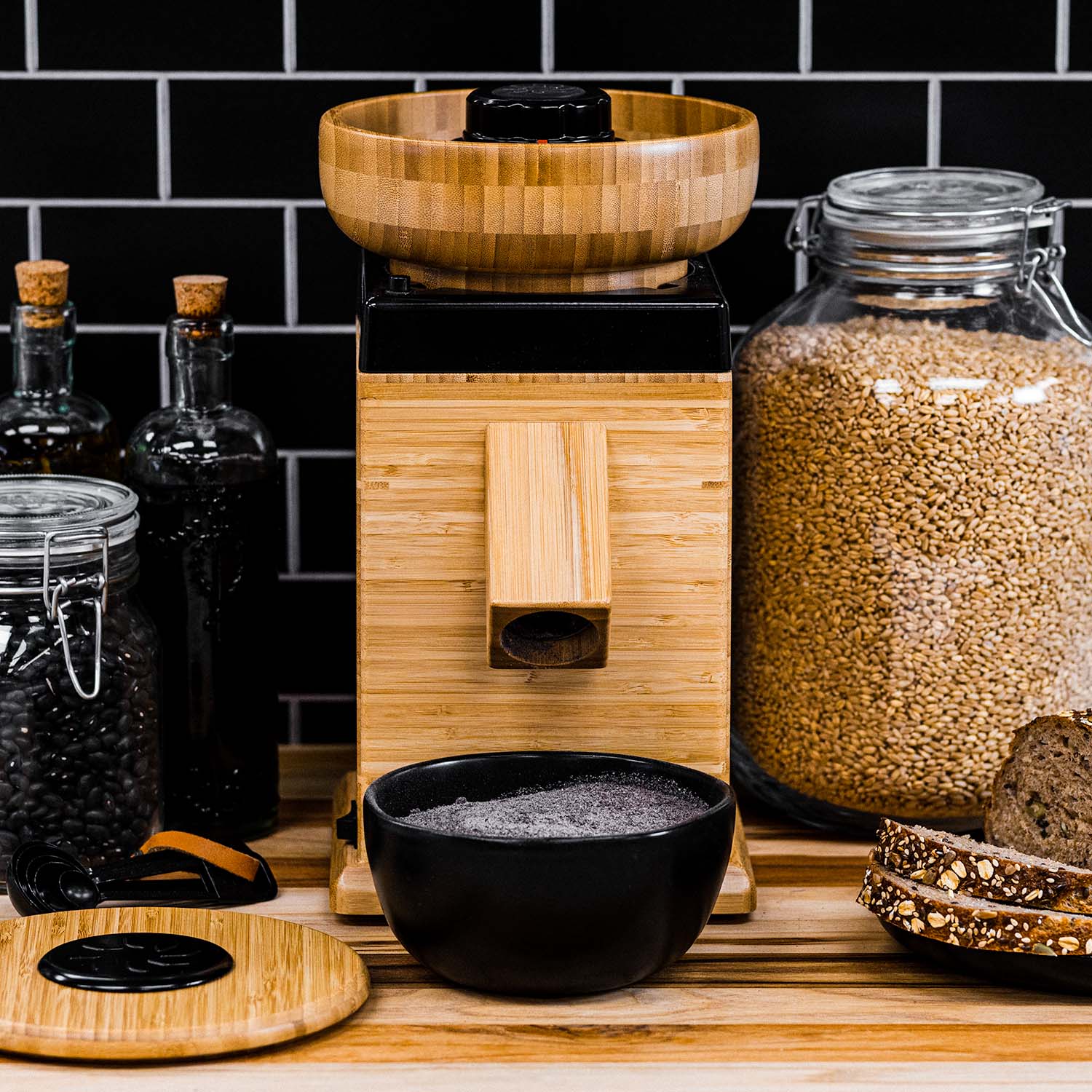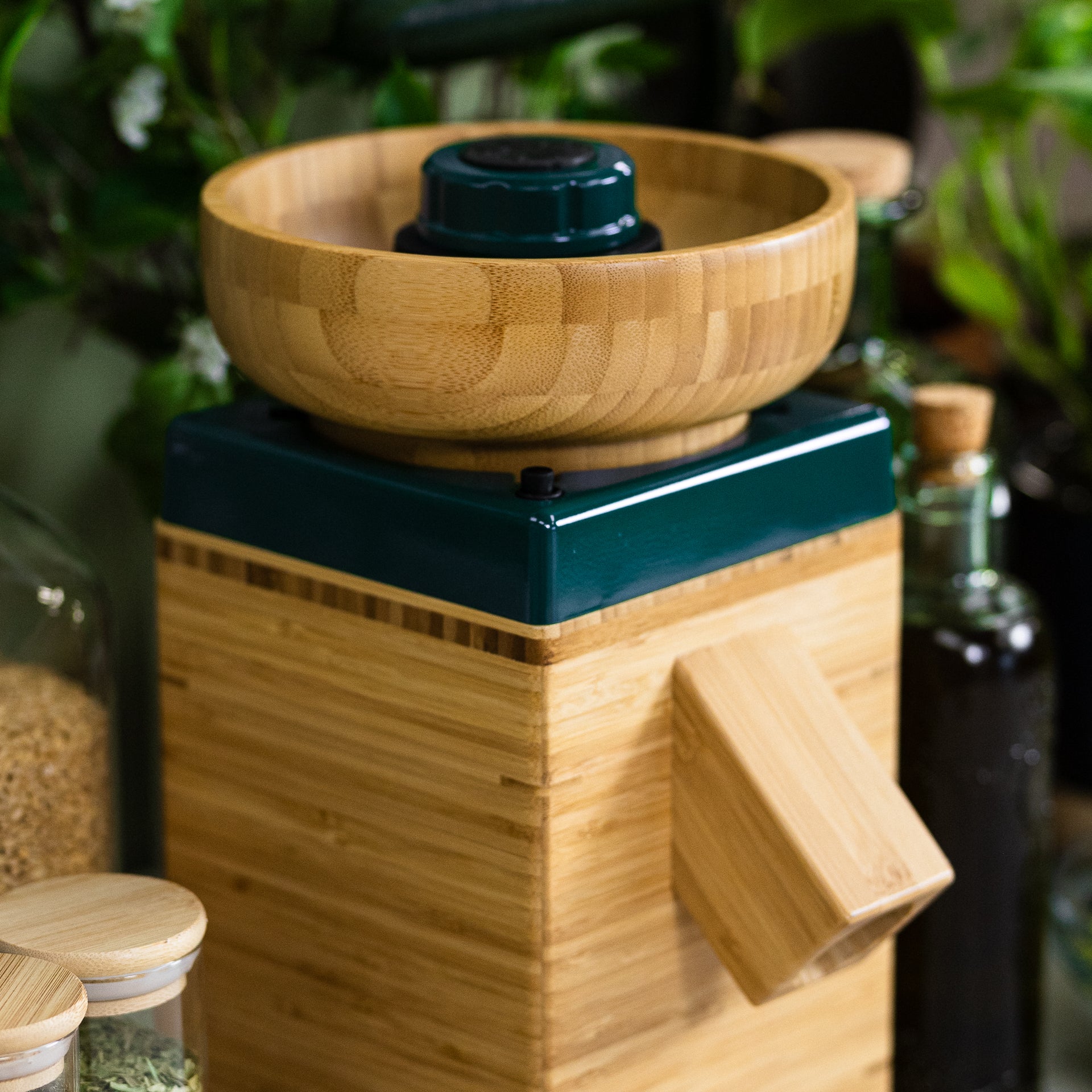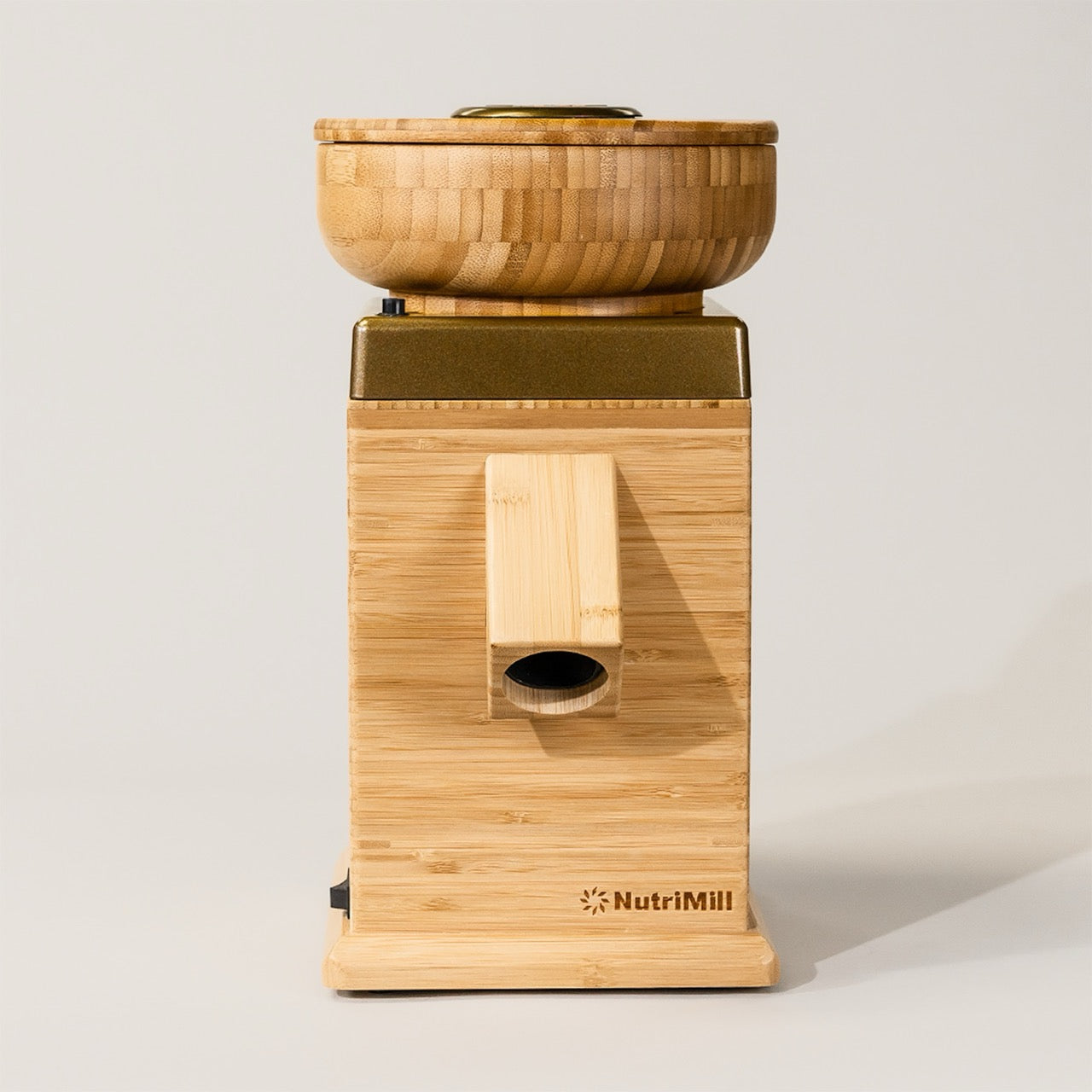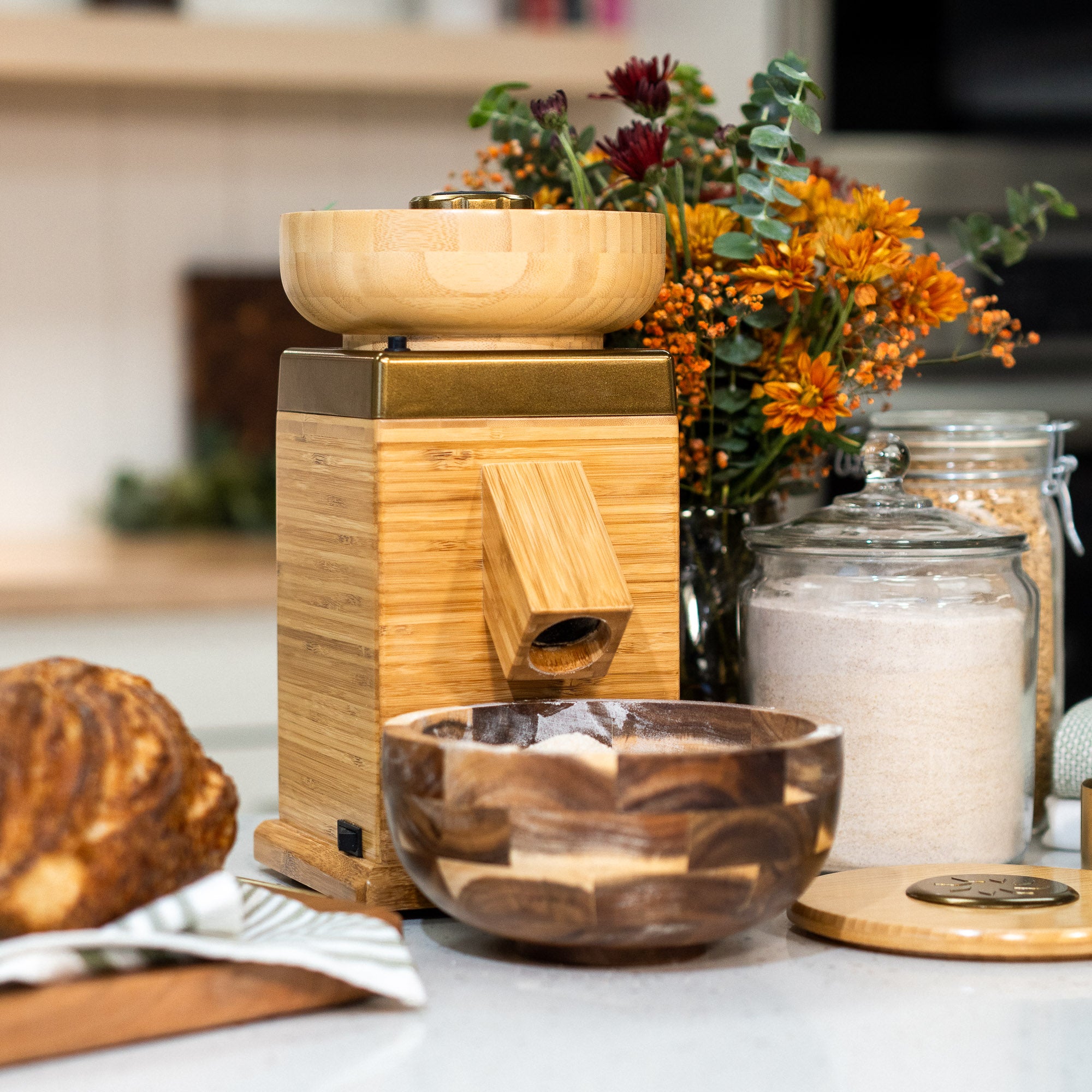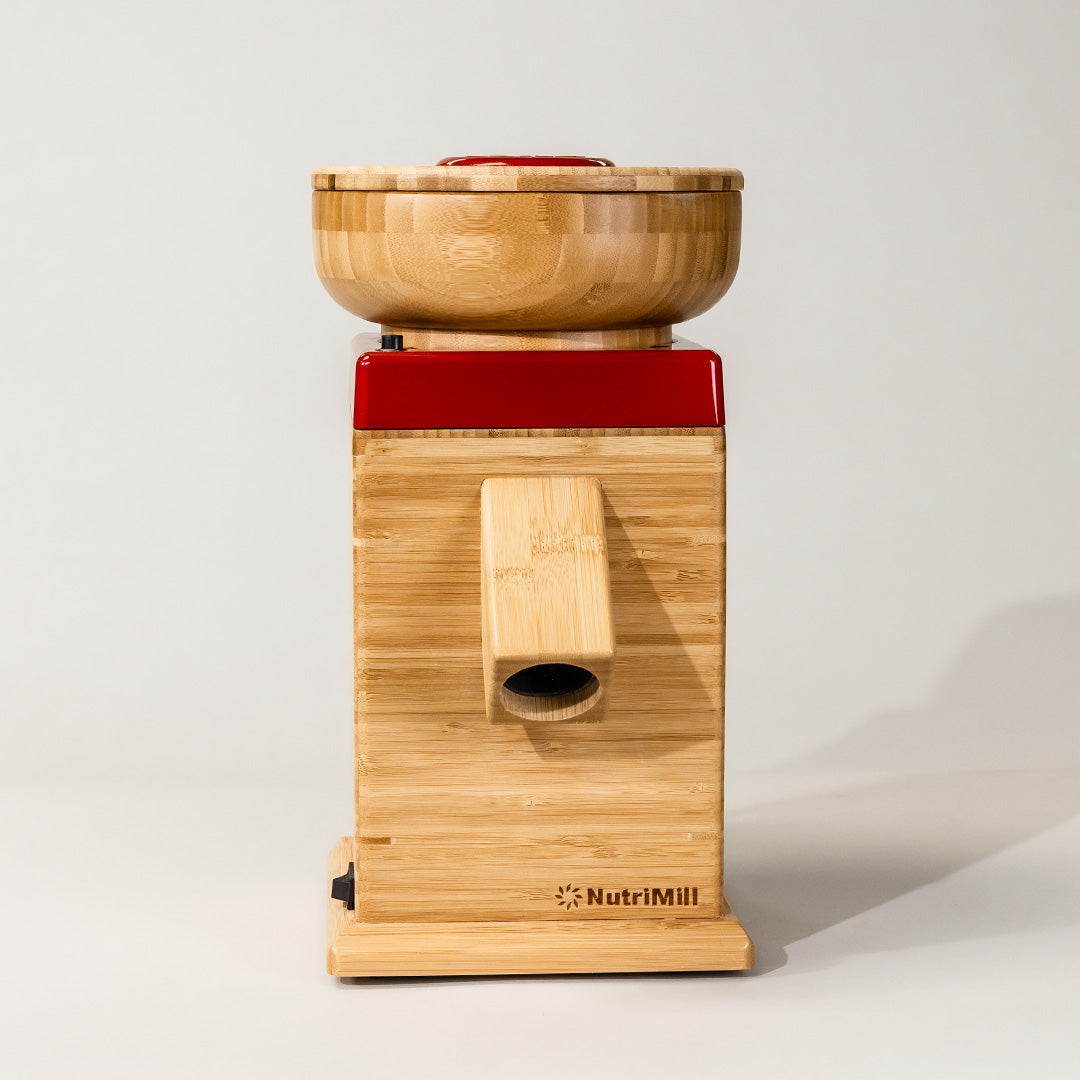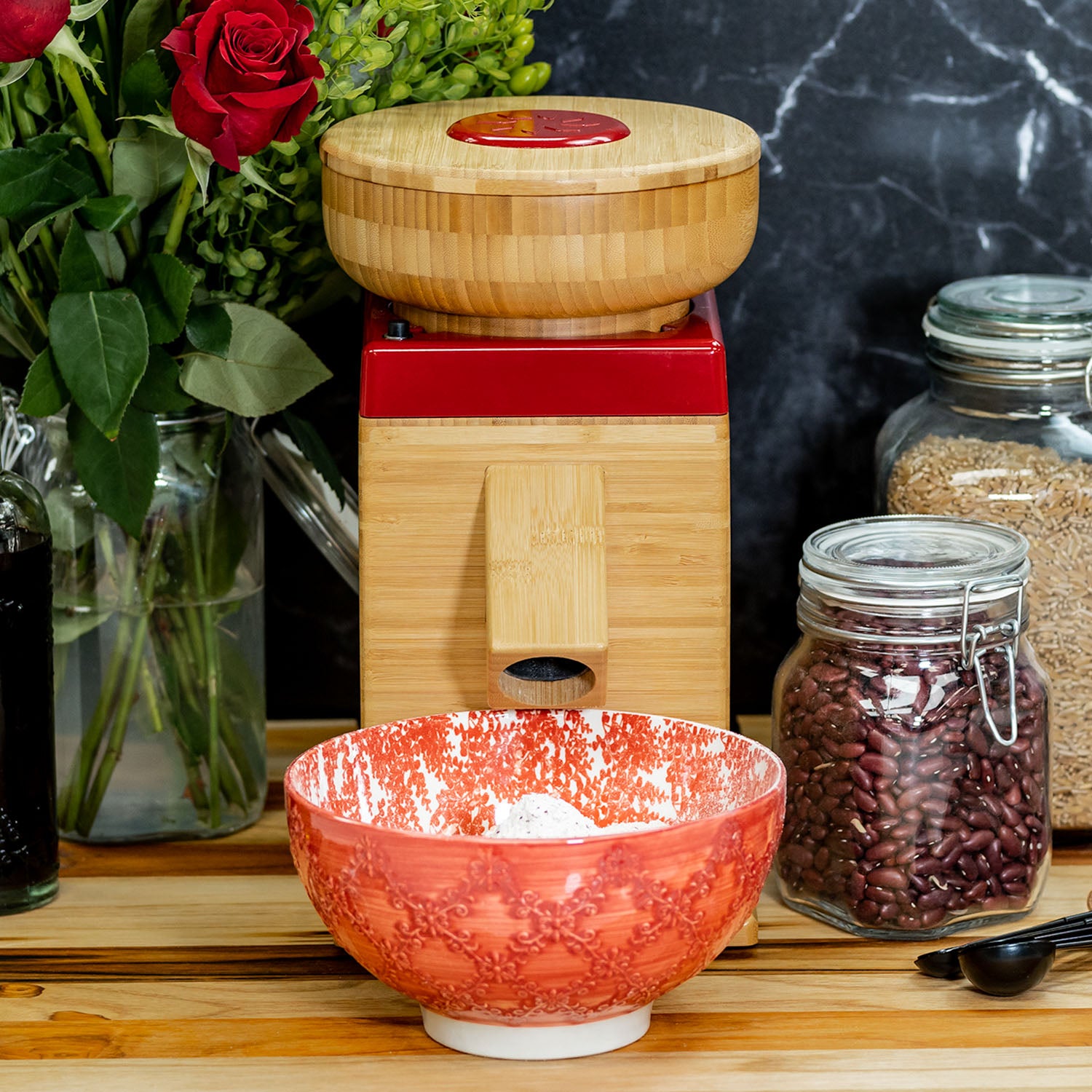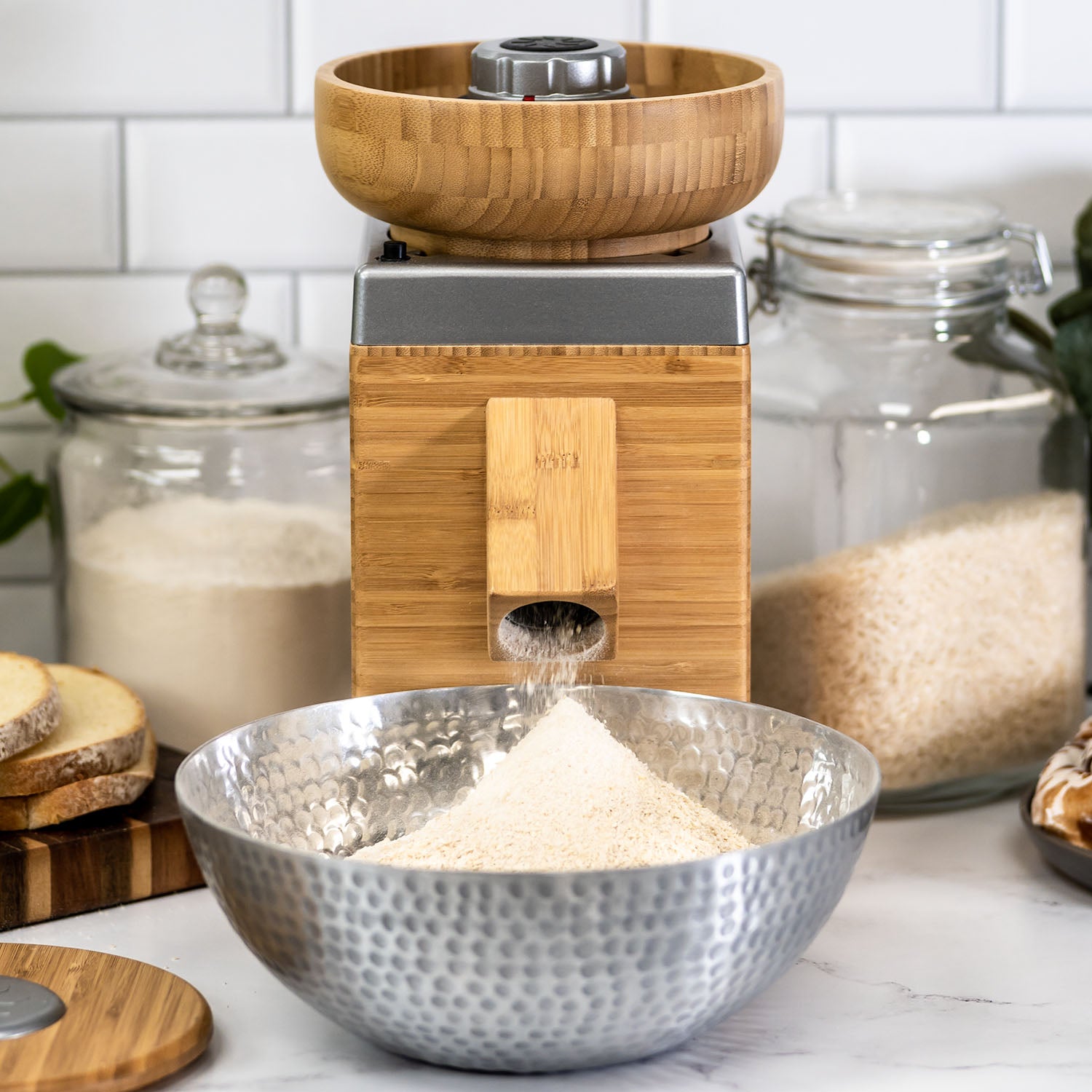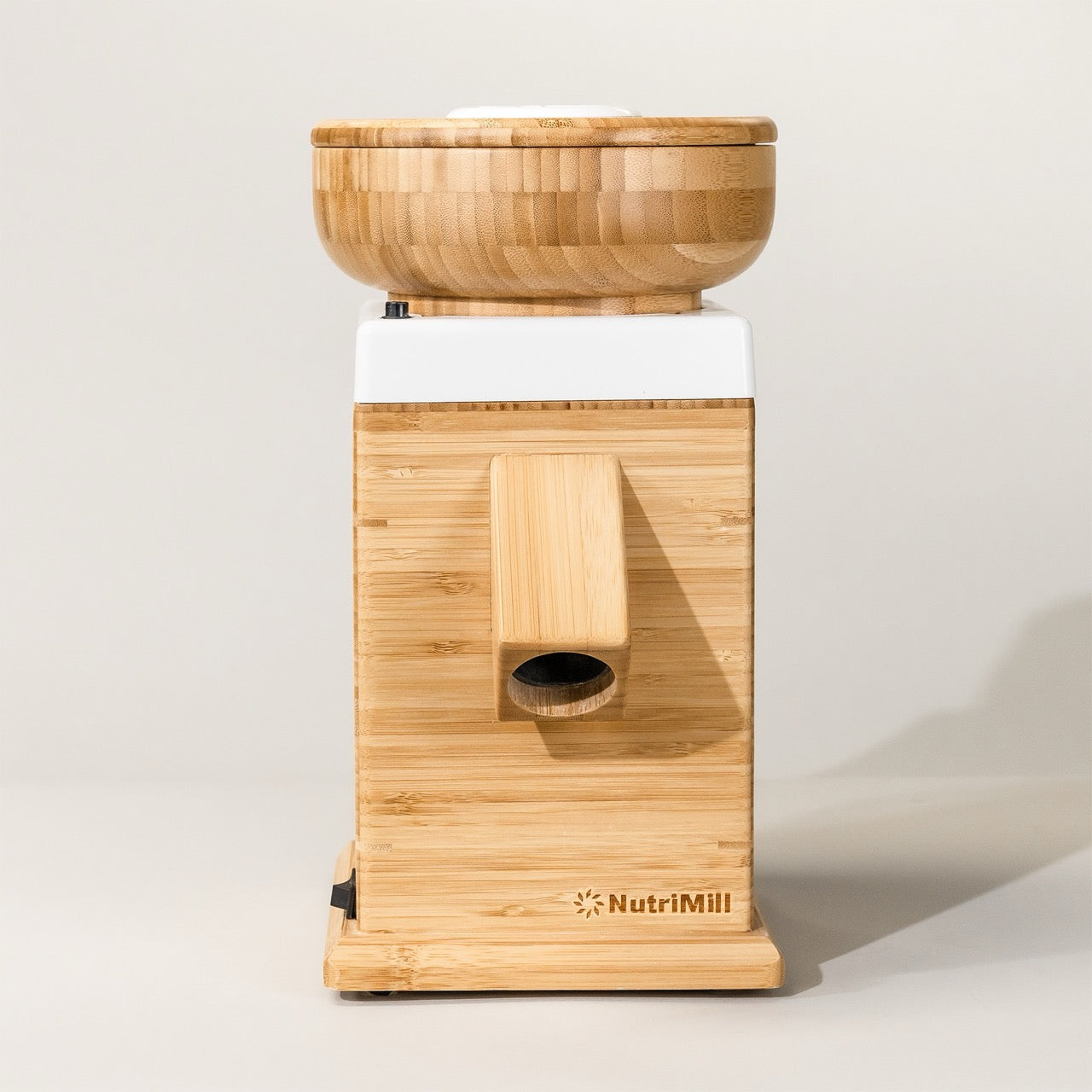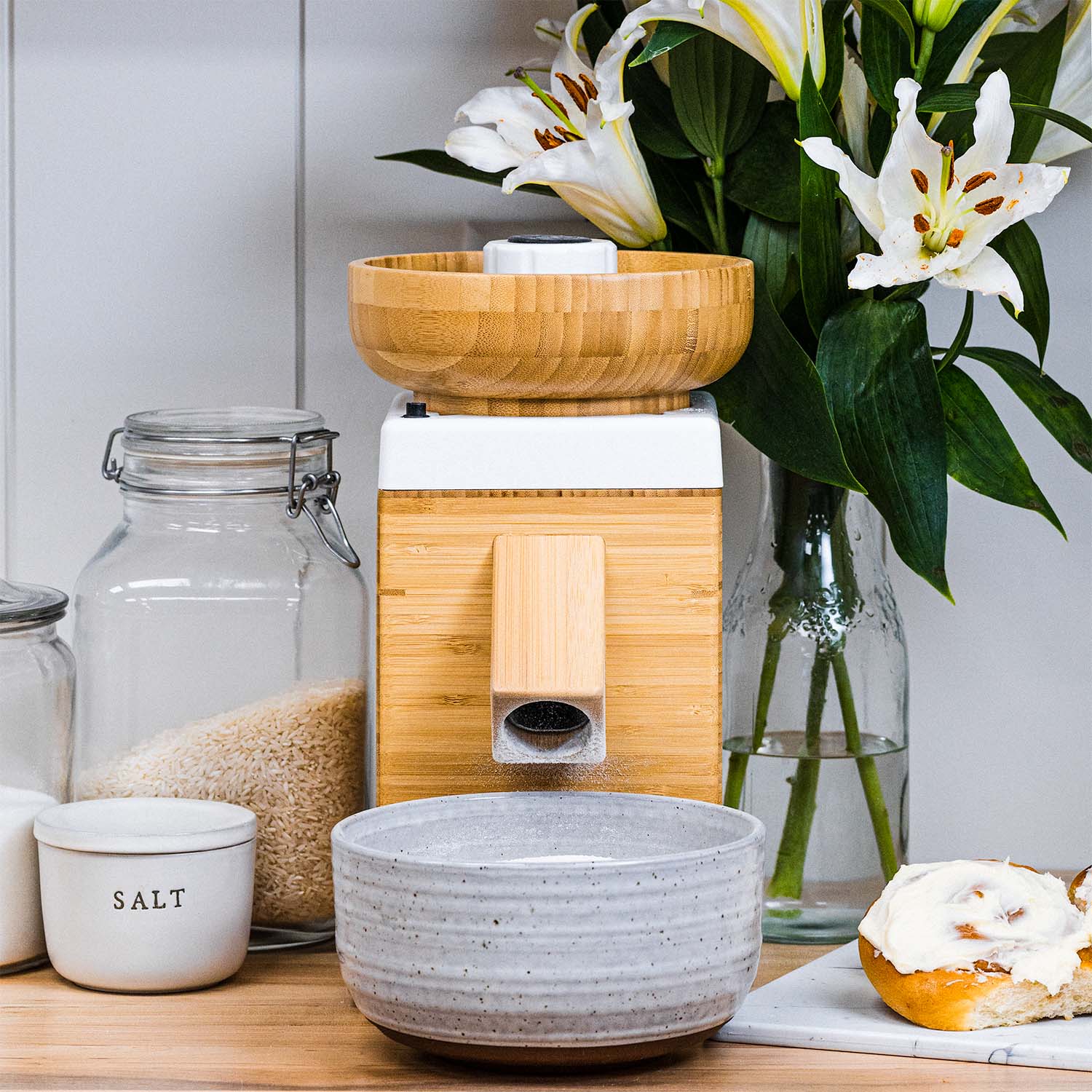There's something about the smell of freshly milled flour that invigorates the senses and inspires the baker in all of us. But is milling your own flour worth the investment? Absolutely. The benefits extend far beyond the delicious taste and aroma. In this article, we'll explore all the reasons why milling your own flour is a worthwhile investment in health, sustainability, and taste.
The History of Flour Milling
Before we dive into the benefits of milling your own flour, let's take a quick look at the history of flour milling. The practice of grinding grains into flour dates back thousands of years, with evidence of primitive milling techniques found in ancient civilizations like Egypt and Greece. In fact, the first recorded evidence of flour milling dates back to 8000 BCE in what is now modern-day Turkey.
Early milling techniques involved pounding grains with rocks or crushing them with a mortar and pestle. This labor-intensive process was time-consuming but allowed for greater control over the quality of the flour, as well as the retention of more of the natural nutrients found in the grain.
As civilizations grew and trade expanded, milling techniques evolved. Water-powered mills were developed in ancient Rome and later windmills were introduced in Europe during the Middle Ages. These mills were able to grind grains more efficiently, leading to an increase in the production of flour.
Traditional Methods of Milling
Before the rise of industrial milling, grains were often ground by hand using stone or mortar and pestle. This method allowed for greater control over the quality of the flour, as well as the retention of more of the natural nutrients found in the grain.
Stone milling, in particular, was a popular method of milling in the United States during the 19th century. Millstones made of granite or other hard stones were used to grind grains into flour. This method was more efficient than hand-grinding and allowed for greater control over the coarseness of the flour.
The Industrial Revolution and Milling
With the advent of steam-powered mills in the 19th century, the production of flour became faster and cheaper than ever before. However, this also led to a decrease in the nutritional value of flour as the modern milling process removed the germ and bran, where much of the fiber and nutrients are found.
During the industrial revolution, roller mills were introduced, which allowed for even greater efficiency in the production of flour. Roller mills used a series of rollers to crush and separate the different parts of the grain, resulting in a finer and whiter flour. However, this process removed even more of the nutrients from the flour.
The Resurgence of Home Milling
In recent years, home milling has regained popularity as more people become interested in healthy eating and sustainable living. With the introduction of high-quality home milling equipment, it's now easier than ever to grind your own flour and reap all the benefits of traditional methods without the manual labor.
Home milling allows for greater control over the quality and coarseness of the flour, as well as the retention of more of the natural nutrients found in the grain. Additionally, milling your own flour can be a cost-effective way to incorporate high-quality, whole-grain flour into your diet.
Overall, the history of flour milling is a fascinating look at the evolution of technology and the impact it has had on our food. From the earliest days of hand-grinding to the modern industrial process and now the resurgence of home milling, the quest for the perfect loaf of bread has been a driving force behind technological innovation for thousands of years.
The Nutritional Benefits of Freshly Milled Flour
One of the biggest advantages of milling your own flour is the preservation of essential nutrients found in the whole grain. When grains are commercially milled, the germ and bran are often removed, leaving a product that is much lower in fiber and nutrients. By grinding your own flour, you can retain all the goodness of the whole grain, including:
Retaining Essential Nutrients
Whole grains are packed with essential vitamins and minerals like iron, zinc, magnesium, and vitamin B. By retaining the germ and bran, you can ensure that your flour is a more nutritious and wholesome option for your baked goods.
For example, whole grain wheat flour contains high levels of vitamin E, a powerful antioxidant that helps protect the body from damage caused by free radicals. It also contains a good amount of vitamin B6, which is important for brain development and function.
Whole Grains and Fiber
Fiber is an essential part of a healthy diet, and most Americans don't get enough of it. By using freshly milled whole grain flour in your baking, you can increase your fiber intake and promote better digestion.
Whole grains are an excellent source of dietary fiber, which promotes healthy digestion and can help lower cholesterol levels. In fact, just one cup of whole wheat flour contains 12 grams of fiber, which is nearly half of the recommended daily intake.
Avoiding Additives and Preservatives
Commercially milled flour often contains additives and preservatives to increase shelf life. By milling your own flour, you can avoid these unnecessary ingredients and have greater control over the quality of your baking.
For example, many commercial flour products contain potassium bromate, a chemical that has been linked to cancer in animal studies. By milling your own flour, you can avoid this potentially harmful ingredient and ensure that your baked goods are free from harmful additives and preservatives.
In addition, freshly milled flour has a much shorter shelf life than commercial flour, which means that it is less likely to contain harmful bacteria or other contaminants that can cause food borne illness.
Overall, milling your own flour is a great way to ensure that your baked goods are nutritious, wholesome, and free from harmful additives and preservatives. So why not give it a try and see the difference for yourself?
The Environmental Impact of Home Milling
Aside from the nutritional benefits, milling your own flour also has a positive impact on the environment. Here are just a few reasons why:
Reducing Packaging Waste
Commercial flour often comes in plastic bags or paper sacks that contribute to landfill waste. By milling your own flour, you can eliminate this excess packaging and reduce your household's carbon footprint.
Additionally, purchasing grains in bulk from a local co-op or farmer's market can further reduce packaging waste. Many of these bulk options allow you to bring your own containers and eliminate the need for any packaging at all.
Supporting Local Farmers
When you buy grains directly from local farmers and mill them yourself, you support small-scale agriculture and reduce the reliance on large-scale industrial farms. This can have a ripple effect on your local community and promote sustainable food systems.
Furthermore, supporting local farmers often means that the grains you are purchasing are grown using more sustainable and environmentally-friendly practices. This can include practices such as crop rotation, cover cropping, and reduced pesticide use.
Lowering Your Carbon Footprint
Transporting grains from large-scale farms to commercial mills and then to grocery stores adds up to a lot of carbon emissions. By milling your own flour, you decrease the transportation impact and make a small but important step towards a healthier planet.
In addition to reducing transportation emissions, home milling also allows you to use grains that are grown closer to home. This can further reduce the carbon emissions associated with transportation and contribute to a more sustainable food system.
Overall, home milling is a small but impactful way to reduce your household's environmental impact. By reducing packaging waste, supporting local farmers, and lowering your carbon footprint, you can make a positive difference for both your health and the health of the planet.
The Taste and Texture of Freshly Milled FlourOf course, one of the biggest perks of milling your own flour is the taste and texture of the finished product. Here are a few reasons why freshly milled flour can take your baking to the next level:
The Difference in Flavor
Freshly milled flour has a distinct flavor that cannot be replicated with commercial flour. By experimenting with different types of grains and grinding techniques, you can create complex flavors and aromas in your baking.
Customizing Your Flour Blend
When you mill your own flour, you have the ability to create custom blends of different grains and flours to achieve the perfect texture and flavor. This level of control over your baking can be incredibly rewarding and satisfying.
Improved Baking Results
Use freshly milled flour in your baking, and you'll notice a significant difference in the texture and rise of your breads and pastries. The higher fiber content and nutrients in the flour can lead to improved flavor and overall health benefits of your baked goods.
The Flour Power: Conclusion
In conclusion, the benefits of milling your own flour extend far beyond the delicious taste and aroma. By grinding your own flour, you can retain essential nutrients, reduce waste, support local farmers, and have greater control over the quality of your baking. So why not invest in a home milling machine and unlock the flour power?
